Zone 5 falls under a colder climate with an annual average temperature of -10 and -20 degrees Fahrenheit. It consists mainly of Northern and Midwest states covering Kansas to Michigan. The cold weather may seem inhabitable for ornamentals, but there are many that can thrive in this region. You might be wondering what kind of Flowering Trees grows in Zone 5. Well, we have already done the research for you.
Before, people who live in Zone 5 must travel miles to see pretty foliage like the Cherry Blossom Tree in Washington DC. These are grown and propagated at local garden centers and households despite the cold climate.
Here are 9 Popular Flowering Trees for Zone 5 that you might want to plant in your garden.
- Crabapples
- Flowering Dogwood Trees
- Ornamental Pear Trees
- Japanese Lilac Tree
- Chinese Fringe Tree
- PeeGee Hydrangea Tree
- Saucer Magnolia
- Autumn Brilliance Serviceberry
- Golden Rain Tree
Now that you know the various kinds of Zone 5 Flowering Trees keep reading this article as we further explain the answer above. We will discuss relevant information to guide you with the proper care and treatment for the trees.
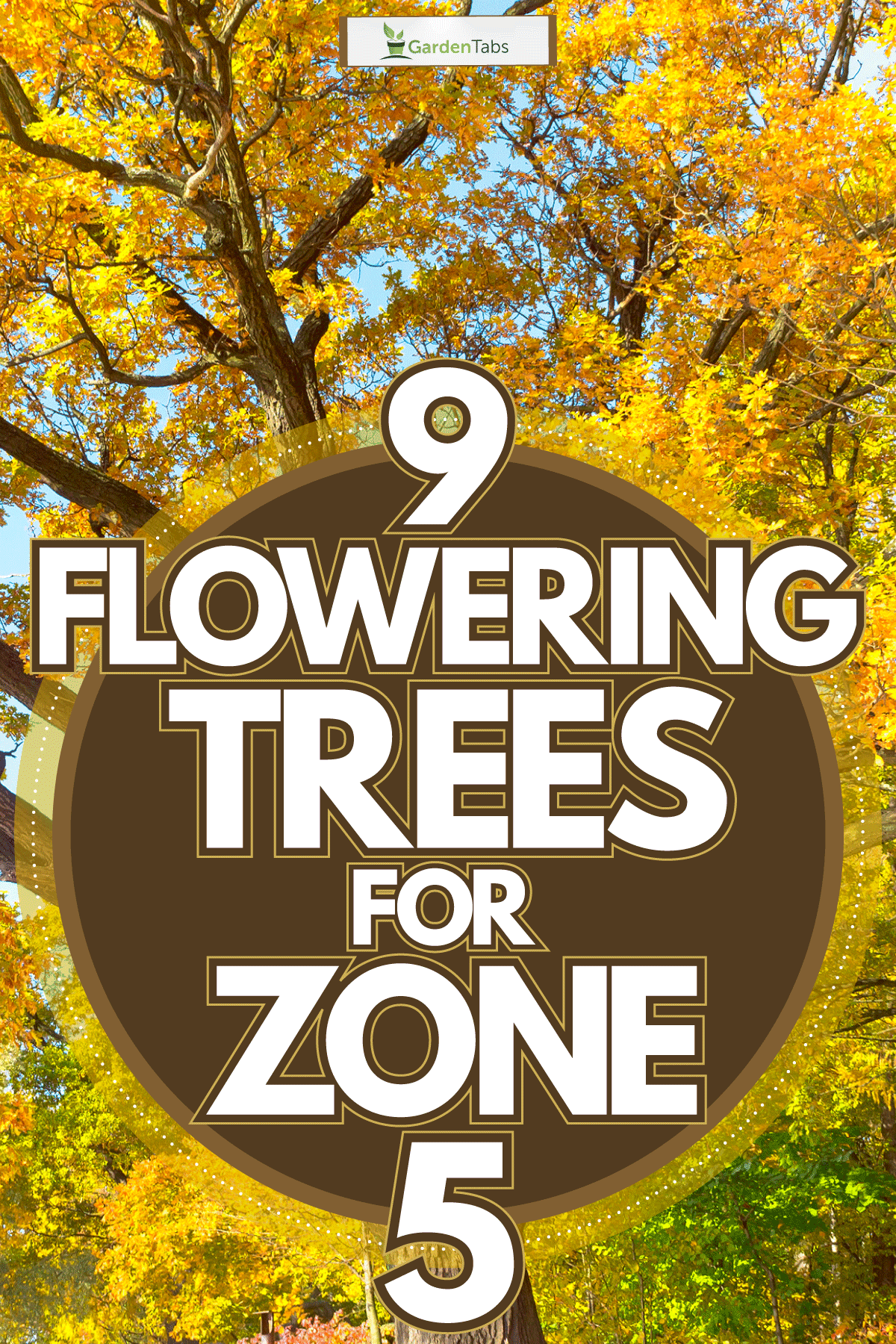
9 Flowering Trees For Zone 5
These ornamental trees are relatively low-maintenance and don't require special care. These varieties can tolerate direct sunlight and partial and full shades suitable for the growing conditions.
1. Crabapples
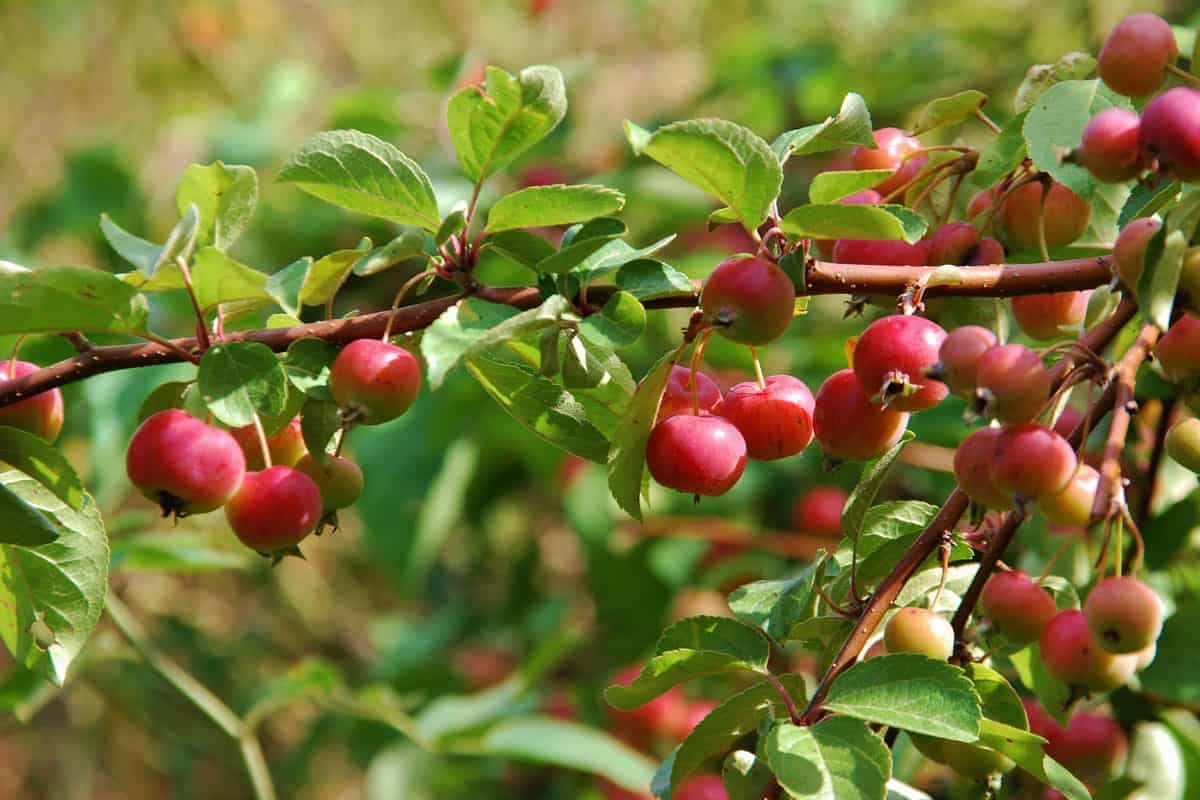
Flowering Crabapple trees are fondly called the jewel of the landscape due to their outstanding visuals that differ by the season. During spring, the tree flaunts its luscious green leaves and white flower buds, eventually blossoming into vibrant white, pink, and red flowers. In fall, the flowers will be replaced by fruits that feast upon birds and squirrels.
Plant your Crabapples under direct light for denser foliage. Trees grown under shaded conditions produce fewer flowers and fruits. Newly planted trees require regular water during the first year; keep the surrounding soil moist by adding 2 to 4 inches of mulch over the roots to prevent it from drying. Fertilizers are only needed for the spring of the following year.
Grown Crabapple trees are drought-resistance. We suggest watering your tree when there's less than an inch of rain for the week. You may opt to feed it slow-release fertilizer or layer 2 inches of mulch every spring to receive additional nutrients.
2. Flowering Dogwood Trees
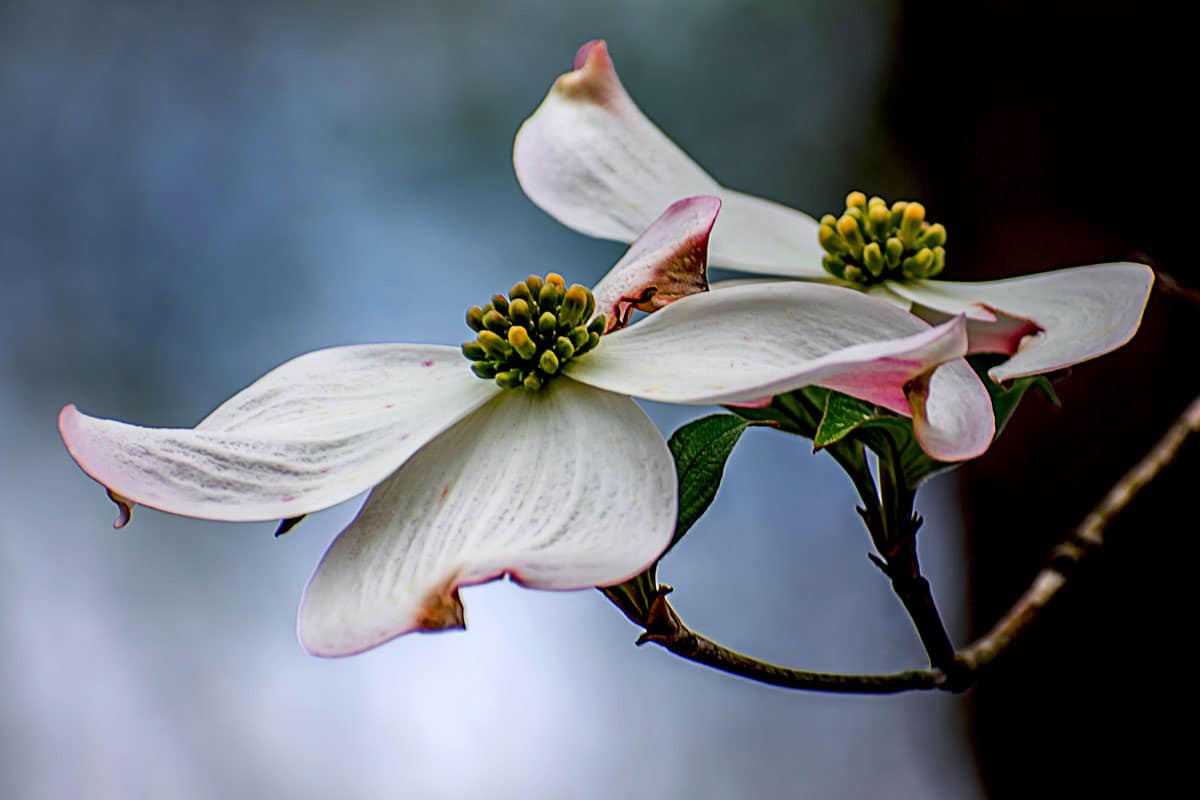
This tree is tolerable in full sun and partial shade making it versatile for any landscape. Moreover, it provides year-round beauty due to its colorful crown. You'll see its white, pink, and red flower bloom for a week or two during early spring. While for summer, the foliage grabs all the attention with its green foliage, which will turn reddish purple for fall. Vibrant red berries will grow in wintertime.
Dogwoods are understory tree which means it is commonly surrounded by larger and more robust tree. Although this is not required, you might still want to consider this setup while planting. It prefers full shade as direct light can cause heat stress and borers. This will grow well in any soil but will thrive best in well-drained, humus-rich, and slightly acidic soil.
Most Dogwoods do not need fertilizer but you can still add a minimal amount of slow-release fertilizers. You only need to deeply water it once a week; however, it needs a constant supply of water during hot dry spells. Retain moisture by applying 5cm of mulch.
3. Ornamental Pear Trees
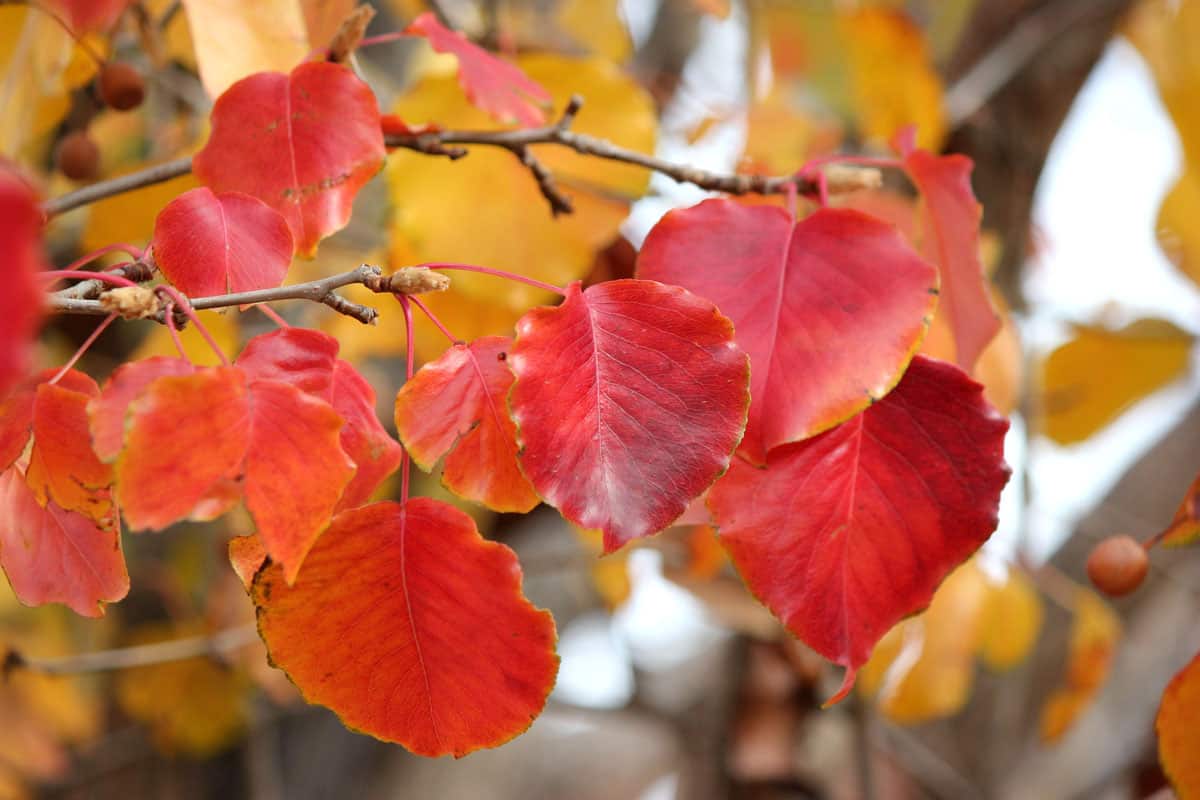
Despite the Pear in its name, the fruits it produces are not edible; leave it to the critters to enjoy. This is not such a loss once you see its snow-white blooms. To further enhance its beauty, the tree bark combines dark brown to light green hues. Its foliage is naturally dark to medium green, but it is a kaleidoscope of red, bronze, and purples in fall.
Ornamental Pear Trees are low maintenance; they grow well under the sun in any soil; prefer moist conditions but survive in hot and dry areas. It is resistant to common pear plant issues like whitefly, mold, and wilt. If the need for pruning arises, do it during the winter season when the tree is dormant.
4. Japanese Lilac Tree

If you're fond of birds and scented florals, consider adding a Japanese Lilac Tree to your garden. Its fragrant white flowers produce seed capsules that attract songbirds. It is the gap filler for ornamental trees as it doesn't bloom on the same schedule as other trees. It peaks for two weeks in early summer, when the spring bloomers have already faded and summer flowers are still budding.
We suggest planting it near a window or your patio but give it plenty of space for its 6m spread to fully enjoy the view, smell, and sound the tree offers. The tree size may seem intimidating, and aftercare is tedious, but it is easy to maintain and care for. You only need to snip damaged twigs and stems, water it regularly to keep the soil moist, and leave it be.
5. Chinese Fringe Tree
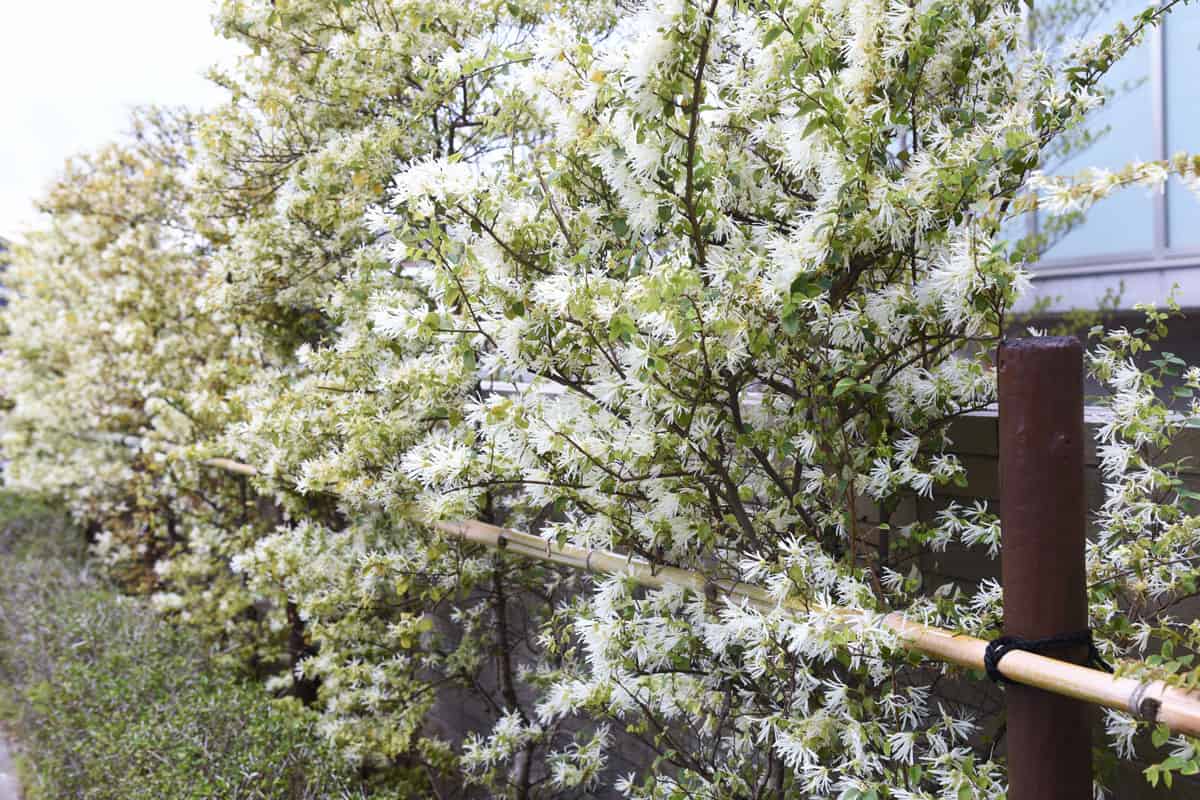
Also known as the snow flower for its large clusters of snow white flowers grows all over the US except for the southernmost tip of Florida. It produces berries popular with wildlife, but you'll need both males and females for this. Male trees have larger and more attractive flowers compared to females, but both genders have the same green leaves that turn yellow come autumn.
Its small stature of 3-6m makes it perfect for planting under the low-hanging ceiling or in blocked spaces. Despite its size, it has strong branches that can withstand any weather. Place it under full sun or partial shade in well-drained sold for better propagation. Keep it hydrated by regularly watering it before the soil dries out. Fertilize annually by leaving an inch of compost unless the soil is naturally fertile.
6. PeeGee Hydrangea Tree

This deciduous tree is hardy through zones 5-8; it branches low and has multiple trunks. PeeGee Hydrangea Tree has dark green leaves that turn yellow during fall. Its radiant flowers, wherein the color depends on the acidity of the soil, make up for the lack of aesthetics during fall. Hydrangeas start with a cream color that matures to purple and deep pink.
This deciduous is relatively easy to care for and doesn't have sensitive surface roots. Plant it in soil with a steady flow of irrigation but well drained. It will tolerate any soil but for sun exposure, keep it shaded during afternoon extreme summer heat.
7. Saucer Magnolia
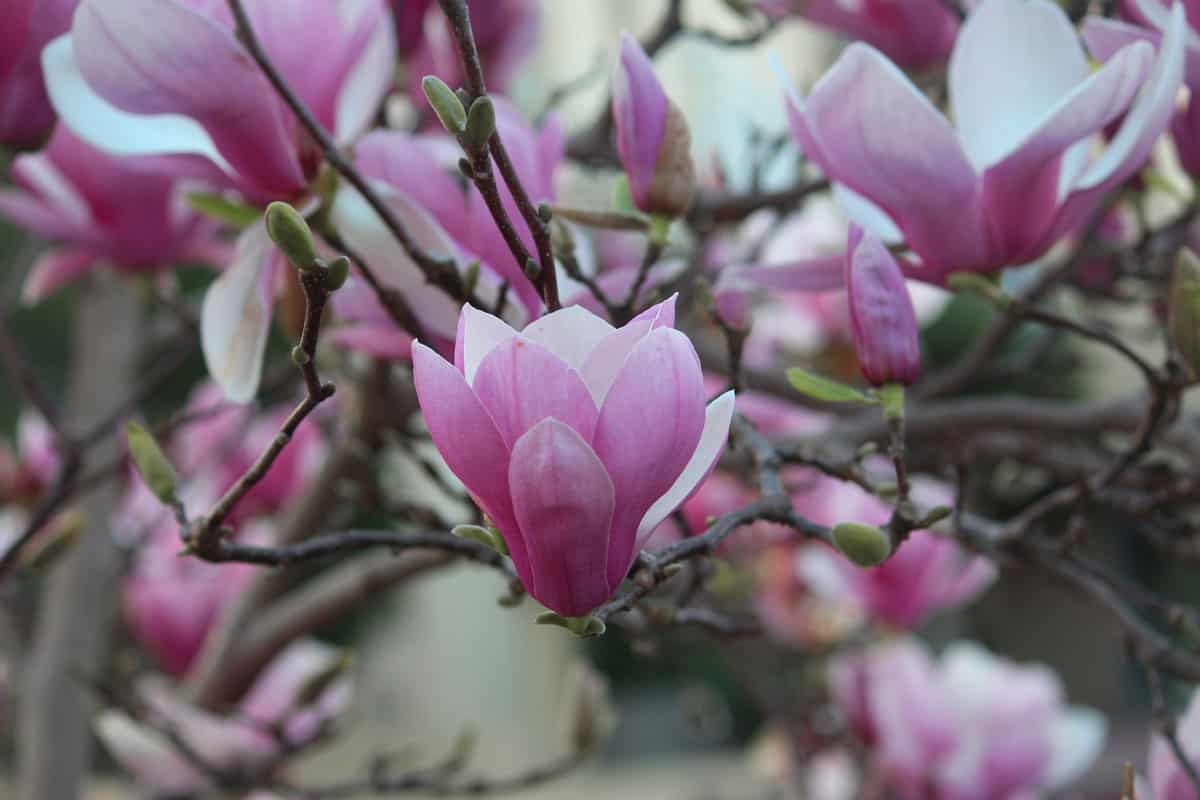
Saucer Magnolia is the result of crossbreeding Magnolia Liliflora and Magnolia Denudata, which is widely popular among American and European Gardeners, especially during the 1840s. It produces saucer-shaped pink, white and purple flowers, hence the names, that bloom from February to April. Once the flower fades, it displays its leathery dark green leaves that stand out in contrast to the gray bark.
Similar to other Zone 5 trees, it doesn't require special care to survive. You only need to water it regularly, especially during the early stages, to develop strong roots. As it matures, only water it during droughts. Look out for frost as it can kill flower buds, instead, try other varieties like Brozzonii, Lennei, or Verbanica which can stand northern colder climates.
8. Autumn Brilliance Serviceberry
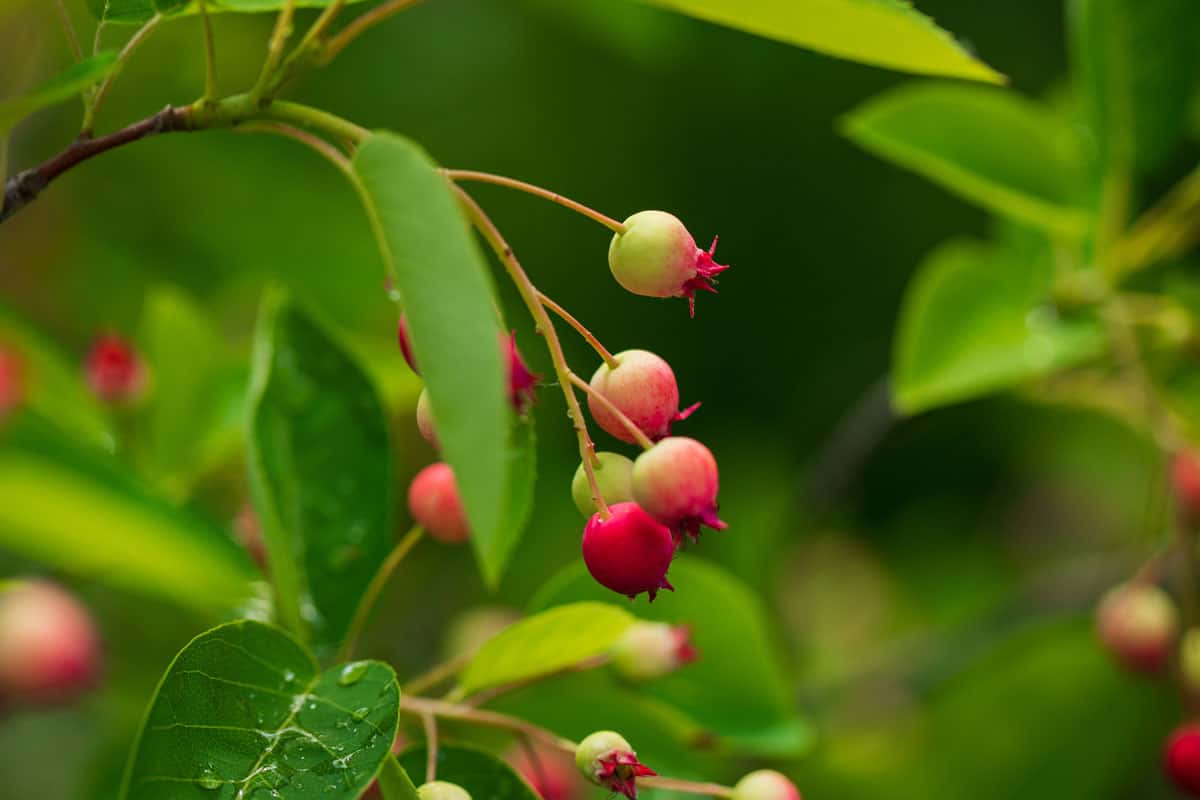
This serviceberry got its name for its notable red and orange flowers hence the Autumn Brilliance. While it is known for its fall color, it is still equally beautiful in spring with its large white flowers. Autumn Brilliance serves both beauty and purpose as it produces edible fruits that taste like blueberry.
This serviceberry is usually found along residential strips and woodland margins. It requires little to no care for drought and disease -resistance, tolerable of any soil, and full sun to partial shade. Just ensure that the soil is well-draining, and you can leave it on its own.
9. Golden Rain Tree
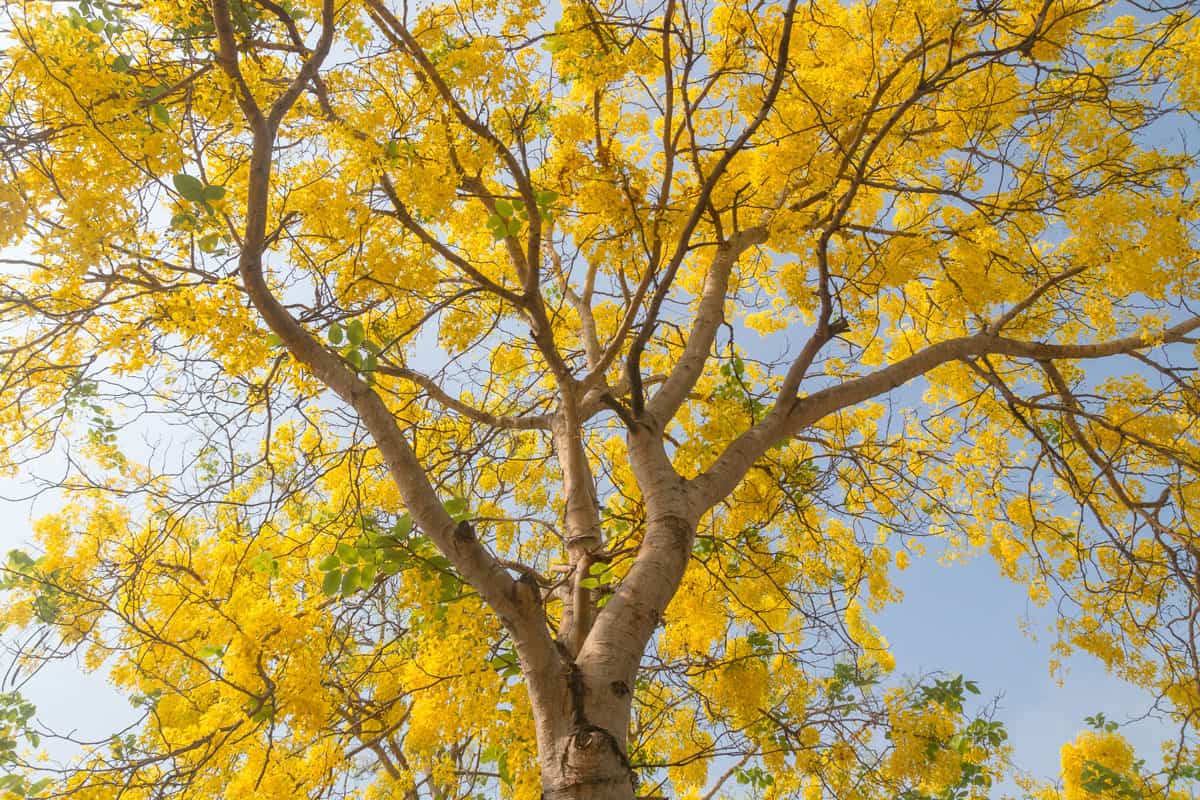
Golden Rain Tree is deciduous that grows tiny canary-yellow fragrant flowers that appear in midsummer. During fall, you'll notice its matured dull brown seedpods that resemble Chinese Lanterns. It is hardy in Zones 5 through 9 and fits well in small yards mainly because it is limited to 12M in height.
Pick a location that has a direct sun with rich and moist but well-drained soil. With this condition, you'll have a sturdy mature tree. However, even if placed in partial shade or flood-prone areas, it will still live but expect a delayed growth process. Golden Rain is a strong tree, as evidenced by its lack of specific conditions; additionally, it is insect and drought resistant.
Conclusion
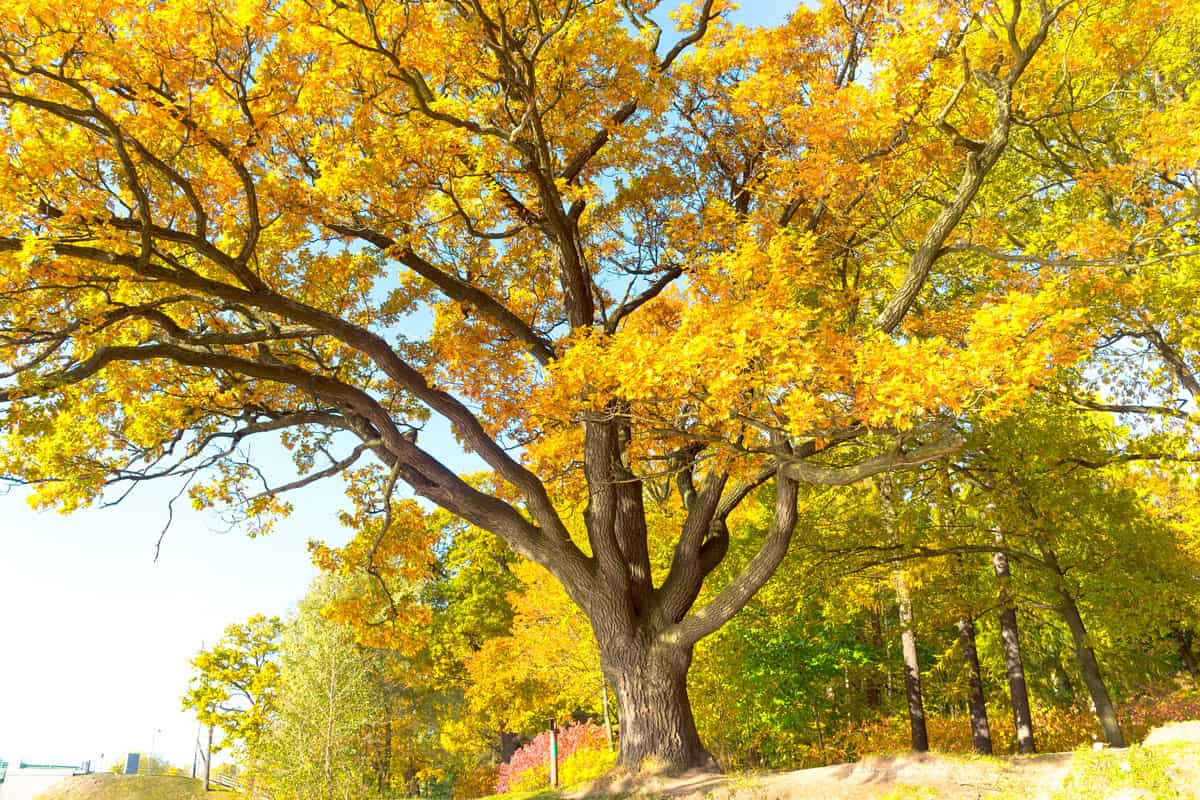
Zone 5 ornamental trees do not require round-the-clock care for them to survive. You only need to provide the basics of well-drained soil, water, and sunlight. The early stages may require a bit of attention, similar to other plants, but as it matures, you can leave it on its own. Moreover, nothing can beat the sight of flowering trees in full bloom.
If you find this post helpful, be sure to check out these related articles:
15 Red Perennials That Bloom All Summer
